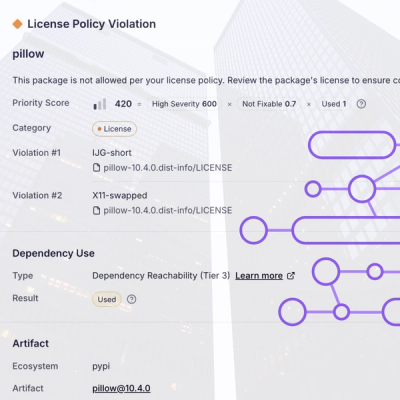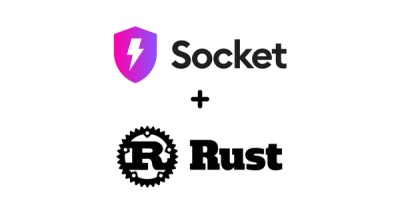
Research
/Security News
Critical Vulnerability in NestJS Devtools: Localhost RCE via Sandbox Escape
A flawed sandbox in @nestjs/devtools-integration lets attackers run code on your machine via CSRF, leading to full Remote Code Execution (RCE).


NEW : Support MySQL DBMS.
Description
The Package Name is a Python package that provides an Object-Relational Mapping (ORM) solution for relational databases (Oracle and MySQL), specifically designed for use in Flask APIs. It simplifies the interaction with an Oracle and MySQL database by providing an intuitive interface for querying, inserting, updating, and deleting data.
Features
Easy integration with Flask: Seamlessly integrate the ORM into your Flask application for database operations.
Simplified querying: Perform complex queries using an expressive API, allowing you to focus on your application logic rather than database intricacies.
Model-based approach: Define your database schema using Python classes, reducing the need for manual SQL queries and keeping your code organized.
Transaction support: Manage database transactions easily, ensuring data consistency and integrity.
Installation
You can install the Package Name package using pip:
pip install flaskosql
Usage
from flaskosql.db import Connect
from flaskosql.field import Field
from flaskosql.model import Model
Field class:
from flaskosql.model import Model
from flaskosql.field import Field
class Roles(Model):
ID = Field("id", "NUMBER", primary_key=True)
NAME = Field("name", "VARCHAR2(100)", nullable=False)
We can use also other table to create a realtion one to many :
from flaskosql.model import Model
from flaskosql.field import Field
class Users(Model):
ID = Field("id", "NUMBER", primary_key=True)
NAME = Field("name", "VARCHAR2(100)", nullable=False)
ROLE_ID = Field("role_id", "NUMBER", foreign_key=("roles", "id"))
We should always put the names of fileds in upercase (it's obligatory)
from flaskosql.db import Connect
connection = Connect('orm', 'ormpw', 'localhost', '1521', 'orcl').get_connection()
from flaskosql.db import Connect
from flaskosql.model import Model
# Setup the connection :
connection = Connect('orm', 'ormpw', 'localhost', '1521', 'orcl').get_connection()
# CReate the connection for the model :
Model.set_connection(connection=connection)
def migrate():
Roles.create_table()
Users.create_table()
migrate()
We must create Roles table before Users because we already defined a foreing_key constraint .
role = Roles.get(id=1, name="ASHRAF")
and we can display the value :
if role:
print(f"The id :{role.ID}")
print(f"The name : {role.NAME})
# Creating a user:
role = Roles(id=1, name="ASHRAF")
role.save()
role.name = "SAMI"
role.update()
role.delete()
For more details on using the Package Name package, please refer to the documentation.
License
This package is licensed under the MIT License. See the LICENSE file for more information.
Feel free to modify this template according to your needs. Remember to replace "Package Name" with the actual name of your package and update the relevant sections with the appropriate details about your ORM and its usage with Flask and Oracle databases.
Make sure to also include the actual installation instructions, usage examples, and any other relevant information in your README file to provide a comprehensive guide for users of your package.
FAQs
ORM to databases for FLASK API
We found that flaskosql demonstrated a healthy version release cadence and project activity because the last version was released less than a year ago. It has 1 open source maintainer collaborating on the project.
Did you know?

Socket for GitHub automatically highlights issues in each pull request and monitors the health of all your open source dependencies. Discover the contents of your packages and block harmful activity before you install or update your dependencies.

Research
/Security News
A flawed sandbox in @nestjs/devtools-integration lets attackers run code on your machine via CSRF, leading to full Remote Code Execution (RCE).

Product
Customize license detection with Socket’s new license overlays: gain control, reduce noise, and handle edge cases with precision.

Product
Socket now supports Rust and Cargo, offering package search for all users and experimental SBOM generation for enterprise projects.